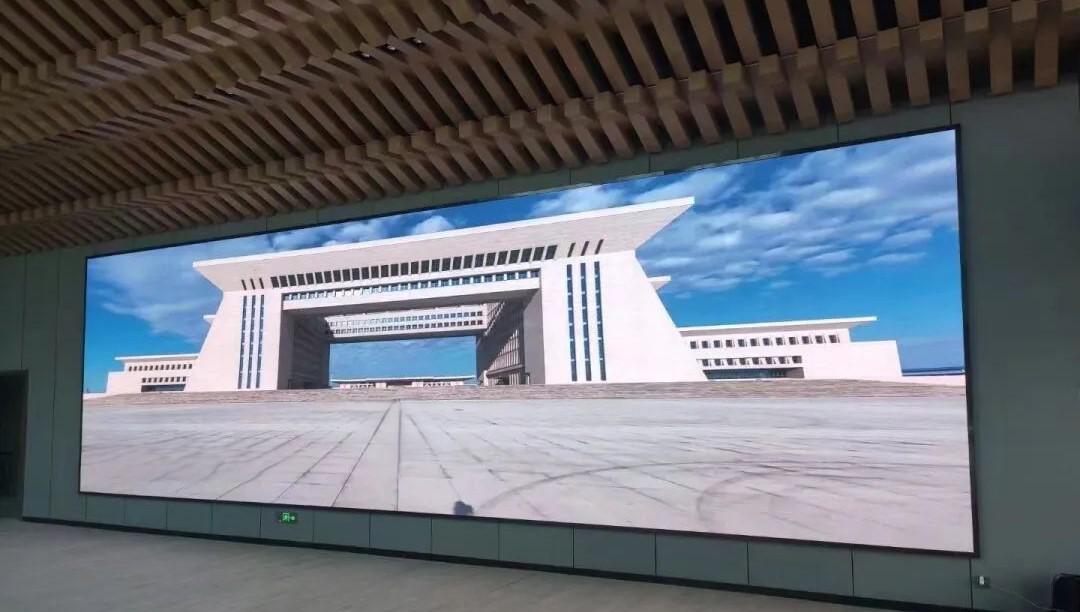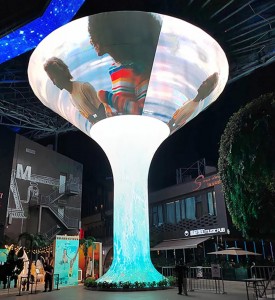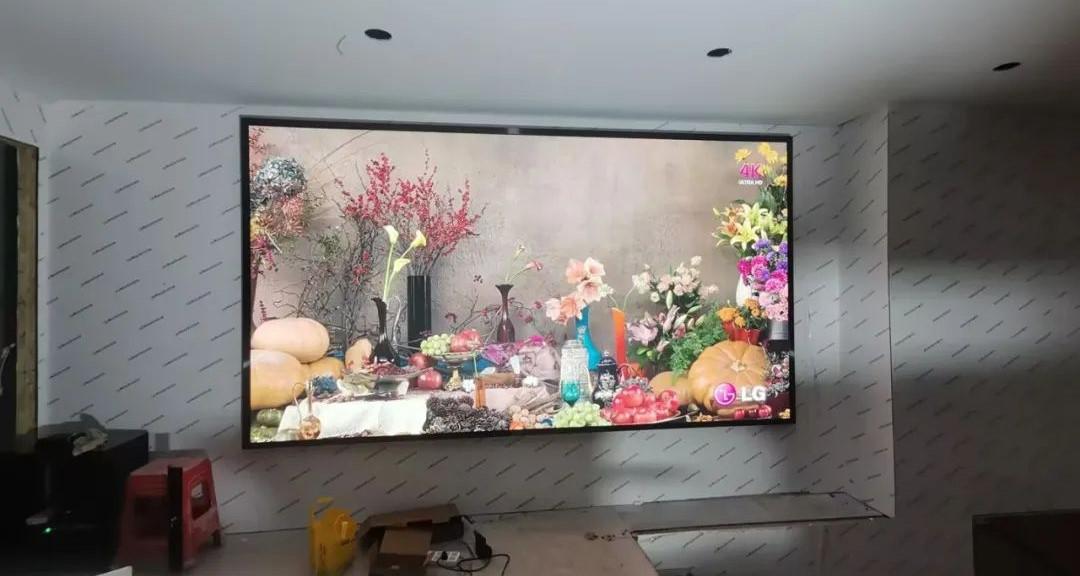A full color LED display, often referred to as an RGB LED display, is an electronic panel that provides multiple colors through red, green and blue light-emitting diodes (LEDs). Varying the intensity of these three primary colors can produce millions of other hues, providing dynamic and vivid visual material. This means that red, blue and green LEDs can be mixed together to produce different kinds of colors in the spectrum.
In a full color LED display, each pixel consists of three smaller LEDs: one red, one green and one blue. Typically, these LEDs are set in clusters or close together to create a pixel. Through a technique called color mixing, the display is able to produce multiple colors. By varying the brightness of each LED within a pixel, different colors can be produced. For example, combining the full intensity of all three LEDs produces white; varying their intensity produces a wide range of colors.
Full color LED displays are used in a wide range of applications, from billboards to stadium screens, concert venues, public information displays, and some high-end televisions and monitors. They are ideal for both indoor and outdoor use because of their ability to produce vibrant colors and withstand environmental conditions.

Main Features of Full Color LED Display
1.High Resolution and Clarity
Full color LED displays offer excellent resolution and clarity for detailed images and videos. The high pixel density ensures that visuals remain clear and vivid even from a distance.
2.Brightness and Visibility
These displays are known for their high brightness, which makes them visible even in bright daylight. This is especially important for outdoor applications, such as billboards and public displays, where visibility is maintained in a variety of lighting conditions.
3.Wide Color Gamut
Full-color LED displays are able to reproduce a wide range of colors, making images more realistic and vivid. This wide color gamut enhances the viewer's visual experience.
4.Versatility
Full color LED displays are versatile and can be used in a variety of environments including retail, entertainment, transportation and corporate environments. They are suitable for both indoor and outdoor use and can adapt to different environmental conditions.
5.Durability and longevity
Full color LED displays are durable and long-lasting. They are designed to withstand harsh conditions, including weather, dust and other environmental factors, ensuring reliable performance over the long term.
6.Energy efficiency
Modern full color LED displays are designed to be energy efficient, consuming less power while delivering high brightness and performance. This makes them a cost-effective solution for long-term use.
7.Customization
Full color LED displays can be customized to meet specific needs, including size, shape and resolution. This flexibility allows businesses and organizations to adapt displays to their unique requirements and space constraints.
8.Easy Maintenance
Designed with maintenance in mind, many displays feature modular components that are easy to replace or repair. This reduces downtime and maintenance costs, ensuring continuous operation.
Types of Full Color LED Displays
Full color LED displays are widely used in various applications due to their diverse applications and superior performance. Below are a few common types of full color LED displays, their features and best use cases:
COB (Chip on Board) LED Displays
COB LED displays create a single module by mounting multiple LED chips directly onto a substrate, providing high brightness and excellent heat dissipation for high brightness requirements.
Best use cases:
1.Outdoor billboards: high brightness occasions that require visibility from a distance.
2.Stage Lighting: Provides excellent brightness and color uniformity for background and illumination.
Flexible LED Displays
Flexible LED displays use a flexible substrate that can be bent or curled into different shapes for creative design and special applications.
Best use cases:
1.Curved video walls and stage backdrops: Where creative flexibility and unique forms are required.
2.Architectural lighting: Provides excellent brightness and color constancy.

Transparent LED Displays
Transparent LED displays can display vivid images and video while remaining transparent and visible from the other side, making them ideal for applications that require transparency.
Best use cases:
1.Store windows and glass walls: maintain transparency and display dynamic visual content.
2.Exhibition displays: Provide modern style and dynamic information while maintaining visibility.

Small Pitch LED Display
Small-pitch LED displays typically have a pixel pitch of less than 2.5 millimeters, providing high resolution and clarity for close viewing.
Best use cases:
1.Corporate boardrooms and control rooms: where precise and clear images are required.
2.High-end retail spaces: where a wide viewing angle is required.
Post time: Jul-30-2024







